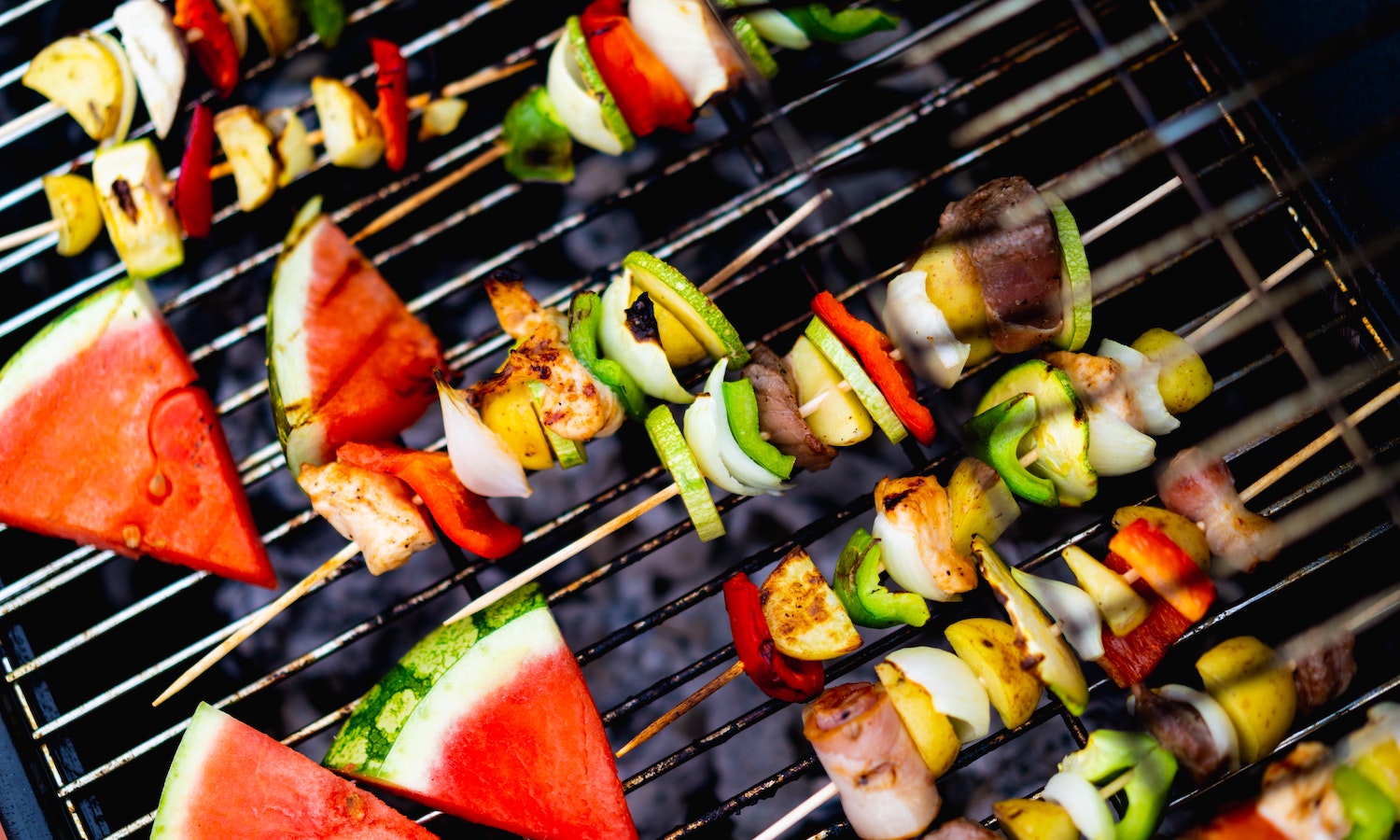When inflation goes up, economists often talk about the economy being “hot.” Right now, it’s hot enough to leave grill marks.
Climate change, the invasion of Ukraine, and the continued impact of COVID-19 all have driven food inflation to a rate that is higher than any time over the past generation. And change is not on the menu, at least not in the near-term, especially for hamburgers as we head into summer grilling season. The ongoing drought in the Western U.S.—which has been exacerbated by climate change—is now leading cattle producers to shrink their herds in the face of higher costs for animal feed. That means fewer cows in the next year or two, and thus, less beef on the market.
One way or another, when food costs more, restaurants serve less.
Diners are cutting back by ordering fewer items with the average American diner ordering one-third of a dish less each time they eat out, according to the NPD Group.
Restaurants are cutting back, too, on how much they serve. “Shrinkflation” is the stealthy response to inflation. Over the past several weeks, lawyers have gone after McDonald’s, Wendy’s and Burger King for just that, filing suit against each company for using advertising photos that make their hamburgers up to 35 percent bigger.
Shrinkflation is becoming an increasingly popular move in the food industry, albeit with a bit more transparency. Dominos and Burger King have both recently cut back on the number of wings in an order from 10 to 8, and Subway reduced the portion size of rotisserie chicken in sandwiches and wraps.
Making Changes
Restaurant companies are trying to make these changes as subtle as possible knowing customers won’t be thrilled. But raising prices isn’t a great alternative and is often more noticeable.
What many restaurant-goers actually say they want is for recipes to be slightly altered to include smaller portions of meat and slightly larger portions of other ingredients like fruits and vegetables. For about 40 percent of American consumers, that’s actually the best combo deal.
Changing Tastes’ research from earlier this year found that 39 percent of adult American consumers want to eat less meat in the coming year, with more than one in fifteen making that choice since the start of the COVID-19 pandemic. Their top strategy for doing so is to simply eat smaller portions of meat.
Americans also want to eat more fish and seafood, but inflation has proven too big a barrier, with consumption down 22 percent over the past year. Meanwhile, sales of plant-based meat replacements also have stalled out at very low levels. After having had the two years of pandemic time at home to try them, almost four-in-ten consumers now say they either want to eat less of them or will not eat them again at all. Part of the issue is the growing awareness that many of the current items on the market are neither particularly natural nor—with their pronounced flavors installed at the factory—able to be used in the same wide variety of recipes as chicken, beef or easy beans.
That’s Enough
For Millennials and Gen Zers, a critical demographic for food businesses, smaller portions of meat are particularly attractive. Our research found that 60 percent of them would be willing to make modestly different food choices if it reduced the environmental footprint of what they ate or helped to address climate change, while slightly less than half of older consumers said the same. That may explain why a few restaurant companies have started to make the move to change up their recipes rather than reduce ounces.
In trying to save costs, restaurant companies also are also making an essential change. By cutting back on portions, especially of meat, they’re also shrinking the carbon footprint of the food sector and helping to stave off the worst of climate change.
Changing Tastes’ research found that continuing on this path could help the U.S. achieve one-fifth of the carbon reduction commitment made at the climate negotiations in Glasgow earlier this year. That’s a remarkable accomplishment from just changing recipes and printing new menus (that are honest), compared to investing hundreds-of-billions into power generation and transportation systems.
Where We Go from Here
As the restaurant industry continues to navigate an unprecedented business environment, culinary innovation and the role of the chef are two approaches to consider. The basic questions of what’s available, what looks good, and what we can afford will also guide the decision making process.
With summer BBQ season in full swing, this will be the same set of considerations we weigh as we fire up our backyard grills for dinner.
Articles like the one you just read are made possible through the generosity of Food Tank members. Can we please count on you to be part of our growing movement? Become a member today by clicking here.
Photo courtesy of Dan Gold, Unsplash







